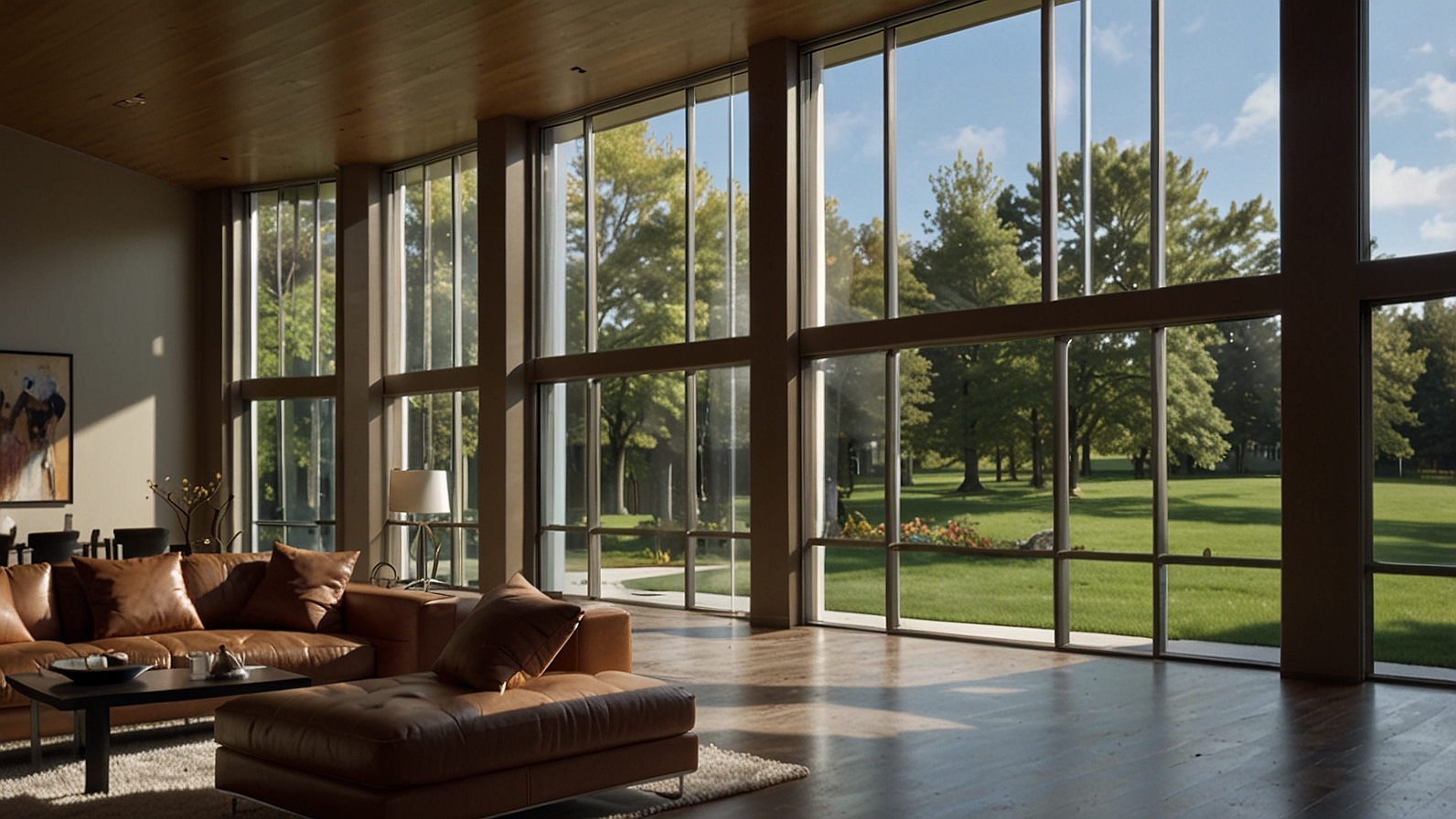- Argon gas-filled windows provide superior thermal insulation, helping maintain stable indoor temperatures.
- These windows can significantly reduce energy bills by cutting heating and cooling demands.
- By minimizing condensation and dampening noise, they offer enhanced comfort for homeowners.
- Understanding Argon Gas in Windows
- Enhanced Comfort and Energy Efficiency
- Noise Reduction
- Environmental Impact
- Considerations When Choosing Argon Gas Windows
- Conclusion
Today, windows serve more than just letting in light — they are vital for energy efficiency and indoor comfort. A major advancement in modern window design is the inclusion of argon gas between the glass layers. Argon, an inert element, slows down heat transfer, which minimizes energy loss through the window. This helps keep indoor temperatures stable, cuts down on heating and cooling expenses, and enhances overall home comfort. Furthermore, windows filled with argon typically reduce condensation between panes, leading to improved durability and performance.
Homeowners interested in upgrading their windows should carefully weigh the benefits and potential drawbacks of doing so. Researching argon gas filled windows pros and cons can help determine whether this technology aligns with energy efficiency goals and budget considerations. Understanding both the advantages, such as improved insulation, and limitations, like slightly higher costs, ensures a more informed decision when selecting windows for long-term comfort and savings.
Argon gas windows enhance both comfort and energy efficiency indoors. The inert argon between double or triple-pane glass reduces heat transfer, helping to keep homes warmer during winter and cooler in summer. This lessens the need for heating and cooling, leading to lower energy costs while ensuring a stable interior environment. Besides energy benefits, argon-filled windows also reduce drafts and condensation, preventing moisture damage to frames and glass. Whether upgrading existing windows or installing new ones, this technology provides a durable, comfortable, and efficient solution. Homeowners can enjoy long-term savings along with a healthier, more comfortable living space.
Argon gas windows aren’t just better at insulating against temperature; they also help dampen sound transmission. The unique density of argon provides an additional barrier that can noticeably reduce outside noise, offering substantial relief for homeowners living near highways, schools, or airports. Quiet, peaceful interiors significantly contribute to overall comfort and can even enhance a property’s value.
Increased efficiency benefits not only homeowners but also the planet. Reducing the amount of energy required to heat and cool homes leads to lower demand on local utility providers, ultimately resulting in reduced greenhouse gas emissions. Choosing argon gas-filled windows is a strategic move for those seeking to reduce their carbon footprint and contribute to a greener future.
Ensuring optimal performance from your argon gas windows relies heavily on the quality of the installation. The windows must be expertly sealed to prevent argon leakage over time. Additionally, pairing argon-filled windows with low-emissivity (Low-E) glass coatings can maximize insulation benefits, further reducing energy consumption and enhancing comfort. It’s advisable to evaluate available certifications and to work with reputable installers, which the ENERGY STAR program supports.
Argon gas-filled windows stand out in the world of energy-efficient home upgrades. Their ability to improve thermal insulation, reduce condensation, dampen noise, and lower energy costs makes them a comprehensive solution for those pursuing a more comfortable and cost-effective living space. When professionally installed and paired with other insulating technologies, these windows deliver lasting benefits to both homeowners and the environment.
You May Also Read: Choosing the Right Commercial Roofing Consultant for Your Project

